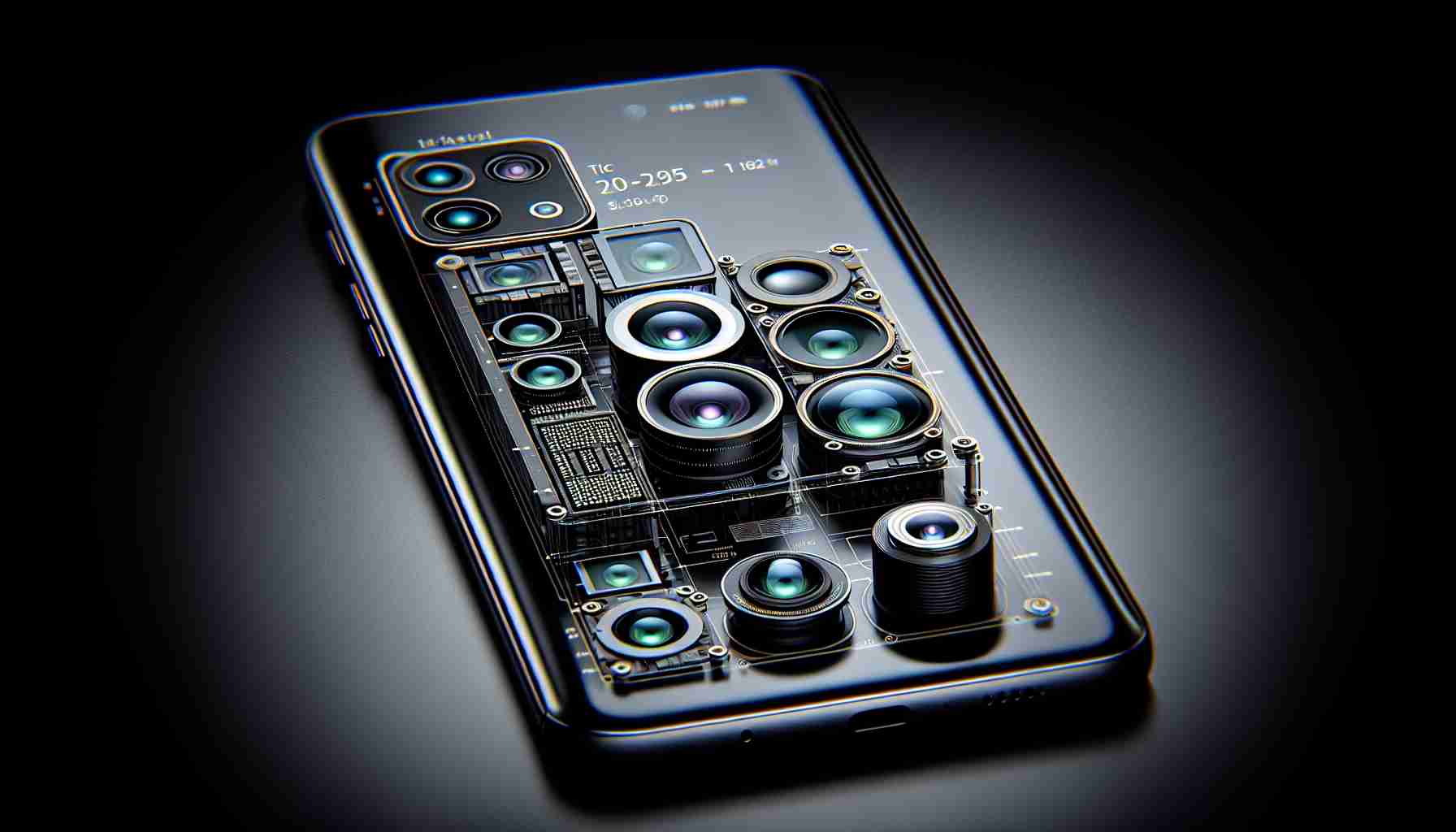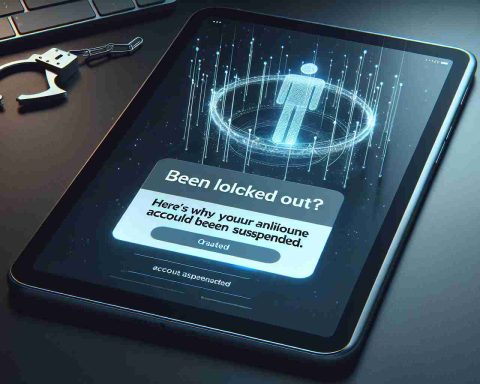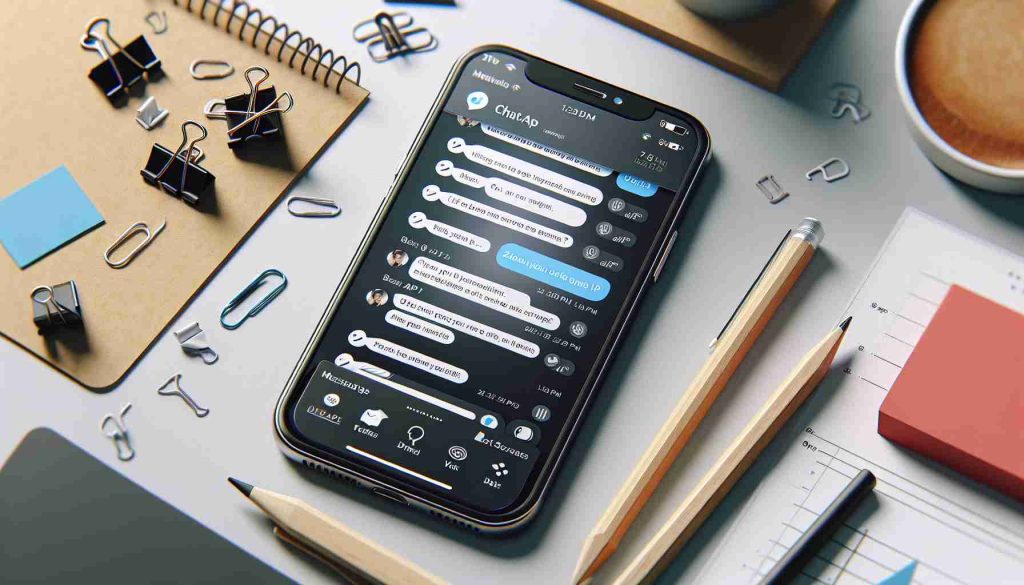In a significant advance for smartphone technology, the average camera resolution in devices released in the second quarter of 2024 has reached an impressive 54 megapixels. This marks a substantial increase from the mere 27 megapixels recorded just four years prior, in 2020.
Research indicates that more than half of the smartphones sold during this period boasted cameras exceeding the 50-megapixel mark. This surge in camera quality is particularly evident in budget and mid-range smartphones where manufacturers have integrated sophisticated features. Notably, some affordable models are now equipped with cameras featuring resolutions as high as 64 and even 108 megapixels.
The emphasis on camera resolution has become a crucial factor for consumers when selecting new smartphones. Data shows that a significant portion—around 45%—of high-resolution devices were equipped with triple camera setups. This trend reflects a broader industry shift as companies increasingly include macro lenses in their smartphone designs, enhancing the versatility and functionality of mobile photography.
As the demand for smartphone cameras grows, users are encouraged to consider the advancements and features that modern devices offer, ensuring they choose the best options available in this fast-evolving tech landscape.
Maximize Your Smartphone Photography: Tips and Life Hacks
In light of the recent advancements in smartphone camera technology, particularly the rise of 54-megapixel cameras and beyond, it’s the perfect time to explore how to make the most out of your mobile photography. Here are some valuable tips, life hacks, and interesting facts to enhance your smartphone photography experience.
1. Utilize Camera Modes: Most smartphones today come with a variety of camera modes tailored for different settings. Explore the Pro mode for manual adjustments, Night mode for low-light conditions, and Portrait mode for stunning depth effects. Switching between these modes can greatly enhance your photography.
2. Clean Your Lens: Before capturing important moments, always check if your camera lens is clean. Dust, fingerprints, and smudges can significantly degrade the quality of your photos. A quick wipe with a soft cloth can make a world of difference.
3. Experiment with Composition: Familiarize yourself with the rule of thirds by enabling grid lines in your camera settings. Positioning subjects along these lines or at their intersections can lead to more compelling compositions, creating visually engaging images.
4. Lighting is Key: Natural light is your best friend when it comes to photography. Try to shoot during golden hour—shortly after sunrise or before sunset—to capture soft, flattering light. If shooting indoors, strike a balance with window light and avoid harsh overhead lighting.
5. Don’t Forget About Editing: After taking your pictures, don’t hesitate to edit them. Many smartphones come with built-in editing tools, or you can use apps like Snapseed or Lightroom. Adjusting brightness, contrast, and saturation can significantly improve the final output.
6. Explore Additional Accessories: Consider investing in smartphone photography accessories like tripods, lenses, and gimbals. These tools can provide stability, enhance creativity with different perspectives, and ultimately improve the quality of your photos.
7. Share Your Work: Use social media platforms like Instagram to share your photography. Engage with communities focusing on mobile photography to learn tips, share experiences, and gain inspiration.
Interesting Fact: As smartphone cameras become more advanced, approximately 45% of high-resolution devices now feature triple camera setups, allowing users greater flexibility and creativity in their shots.
Final Thought: As the smartphone camera technology continues to evolve, so should your photography skills. Embrace these tips and hacks to fully utilize the powerful camera in your pocket, ensuring you capture every moment beautifully.
For more insights into the latest smartphone technology, visit TechCrunch.




























